Liste 2022
Gaspar Willmann __13.6–19.6.22 __Messe Basel, Hall 1.1
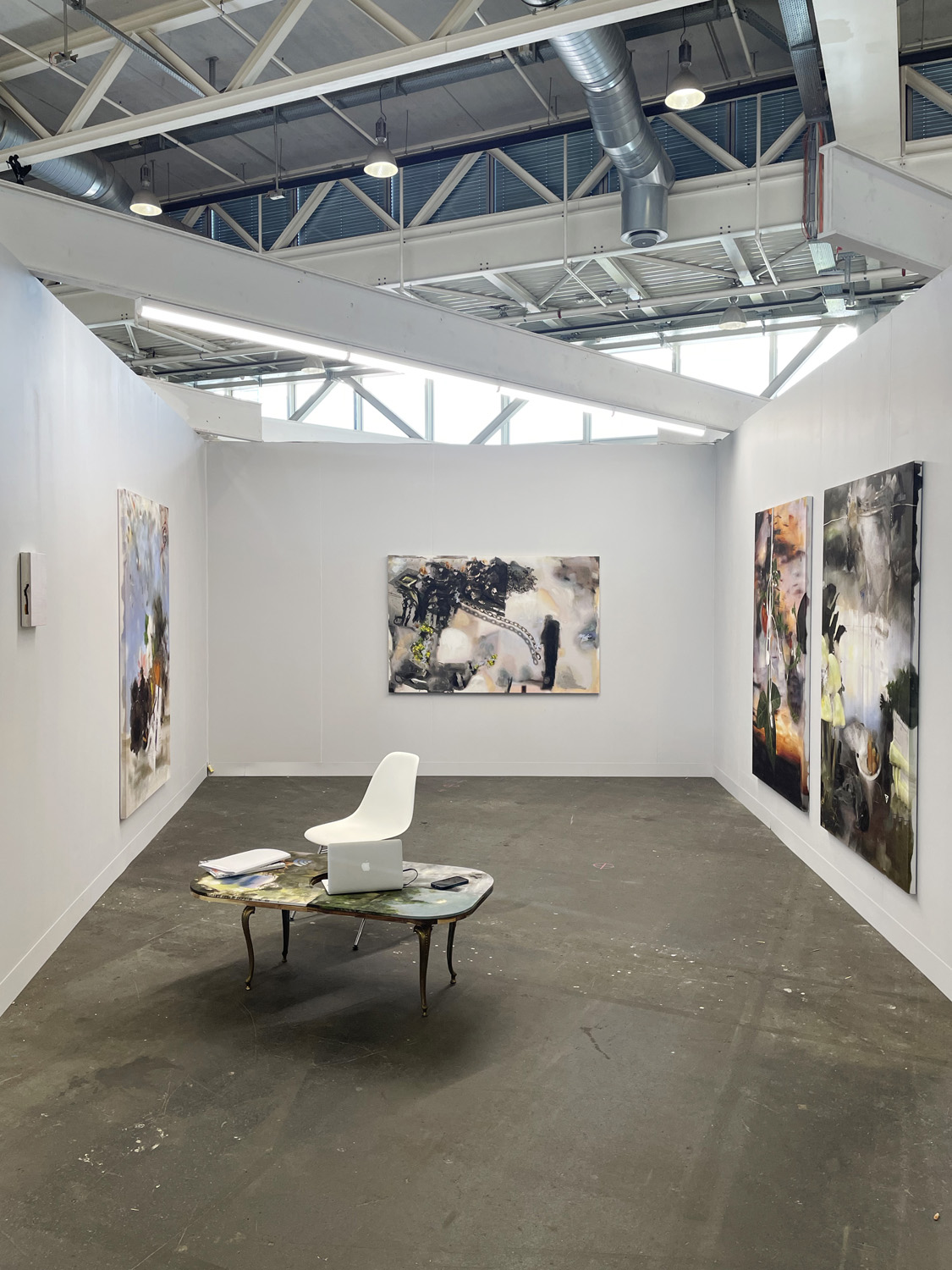
Exo Exo at Liste 2022 with new works by Gaspar Willmann
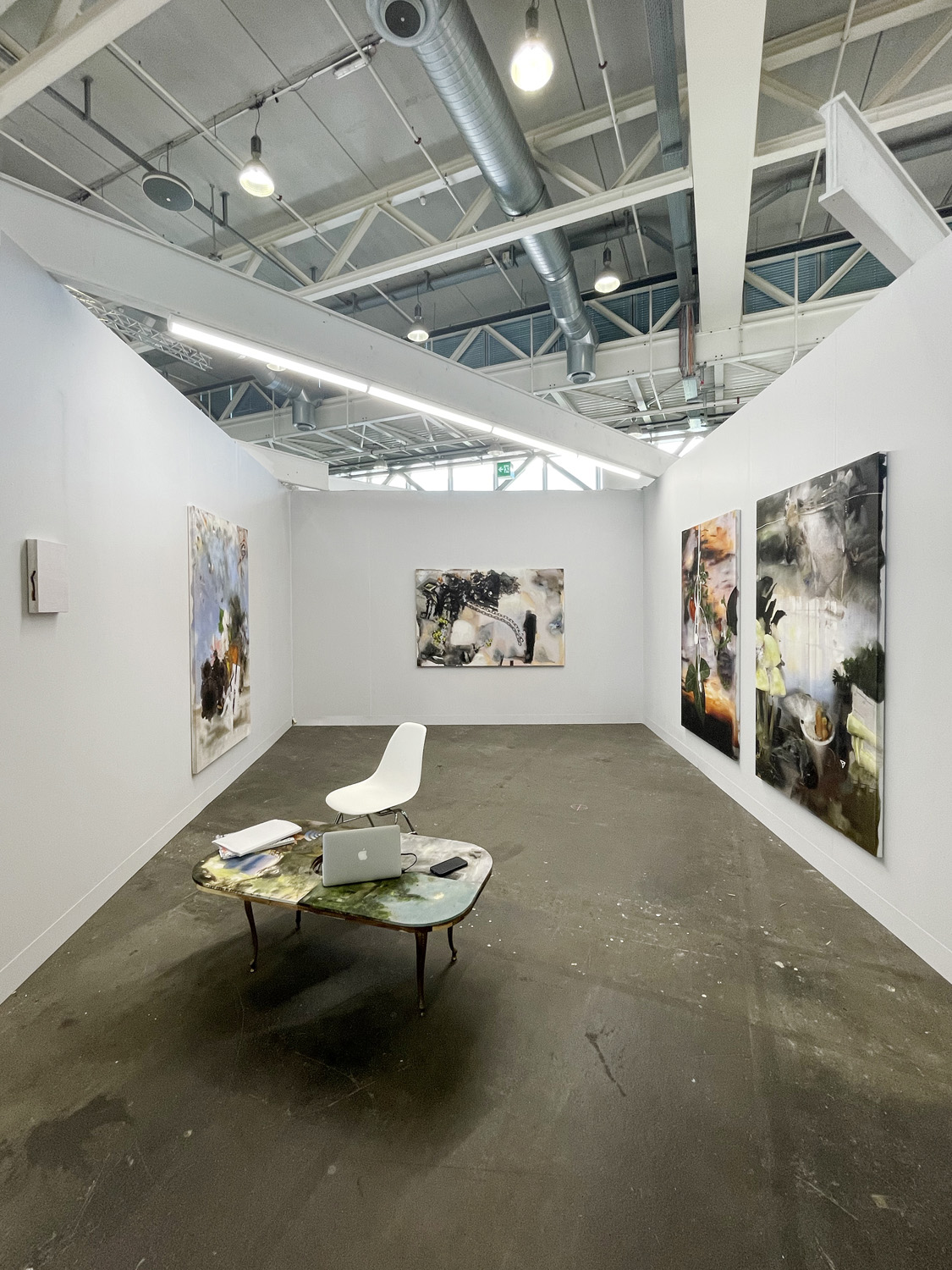
Exo Exo at Liste 2022 with new works by Gaspar Willmann
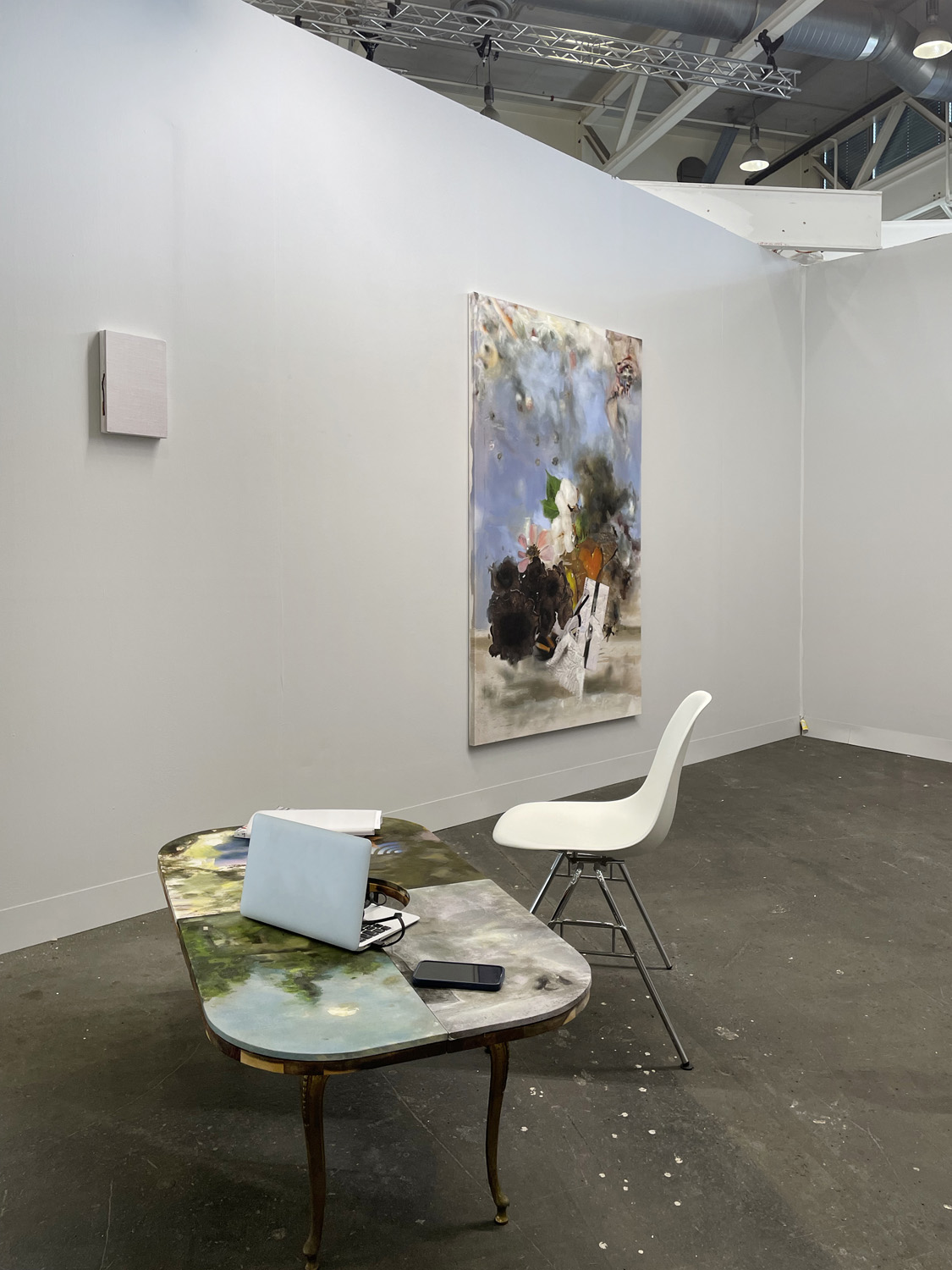
Exo Exo at Liste 2022 with new works by Gaspar Willmann
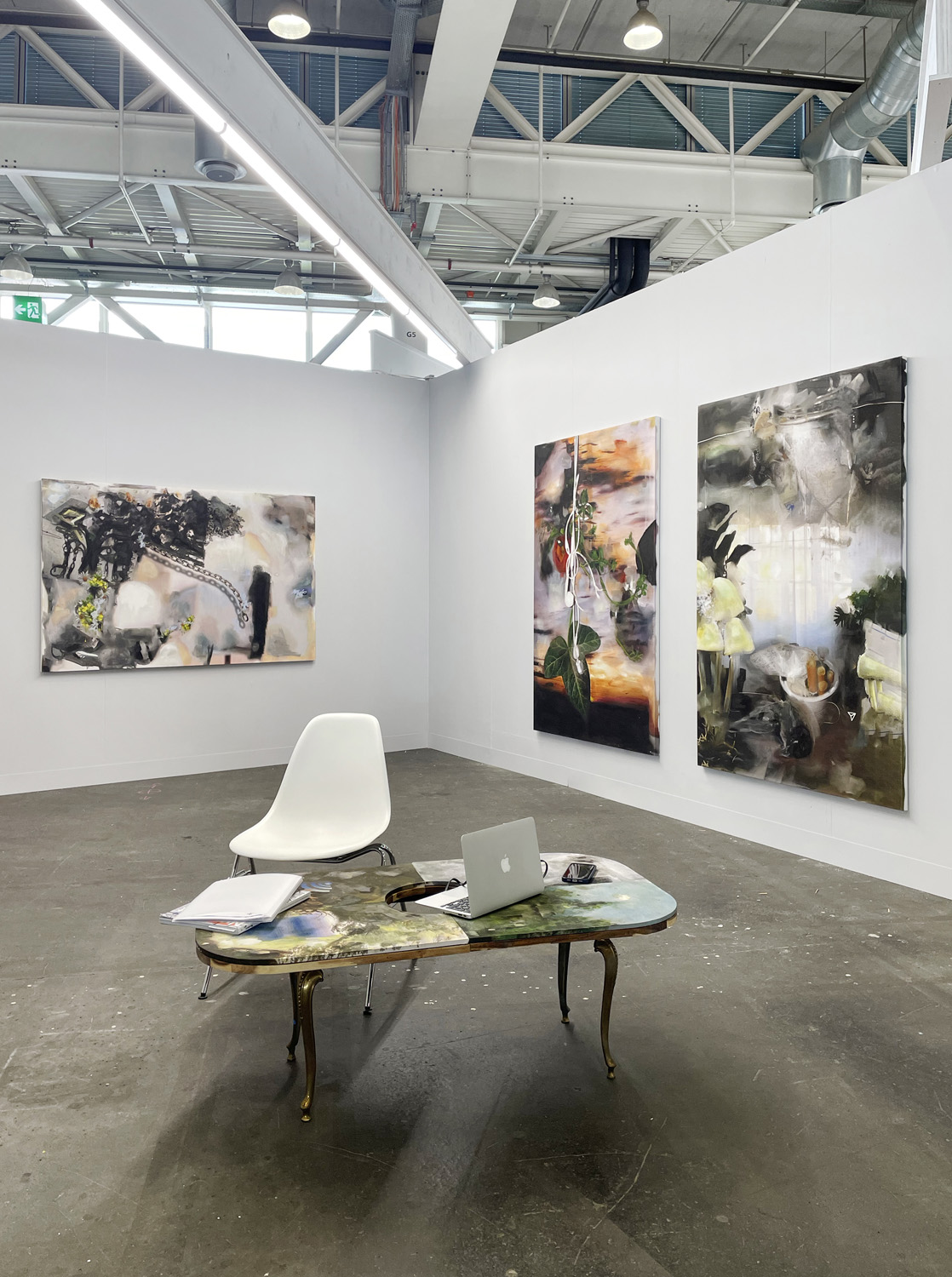
Exo Exo at Liste 2022 with new works by Gaspar Willmann
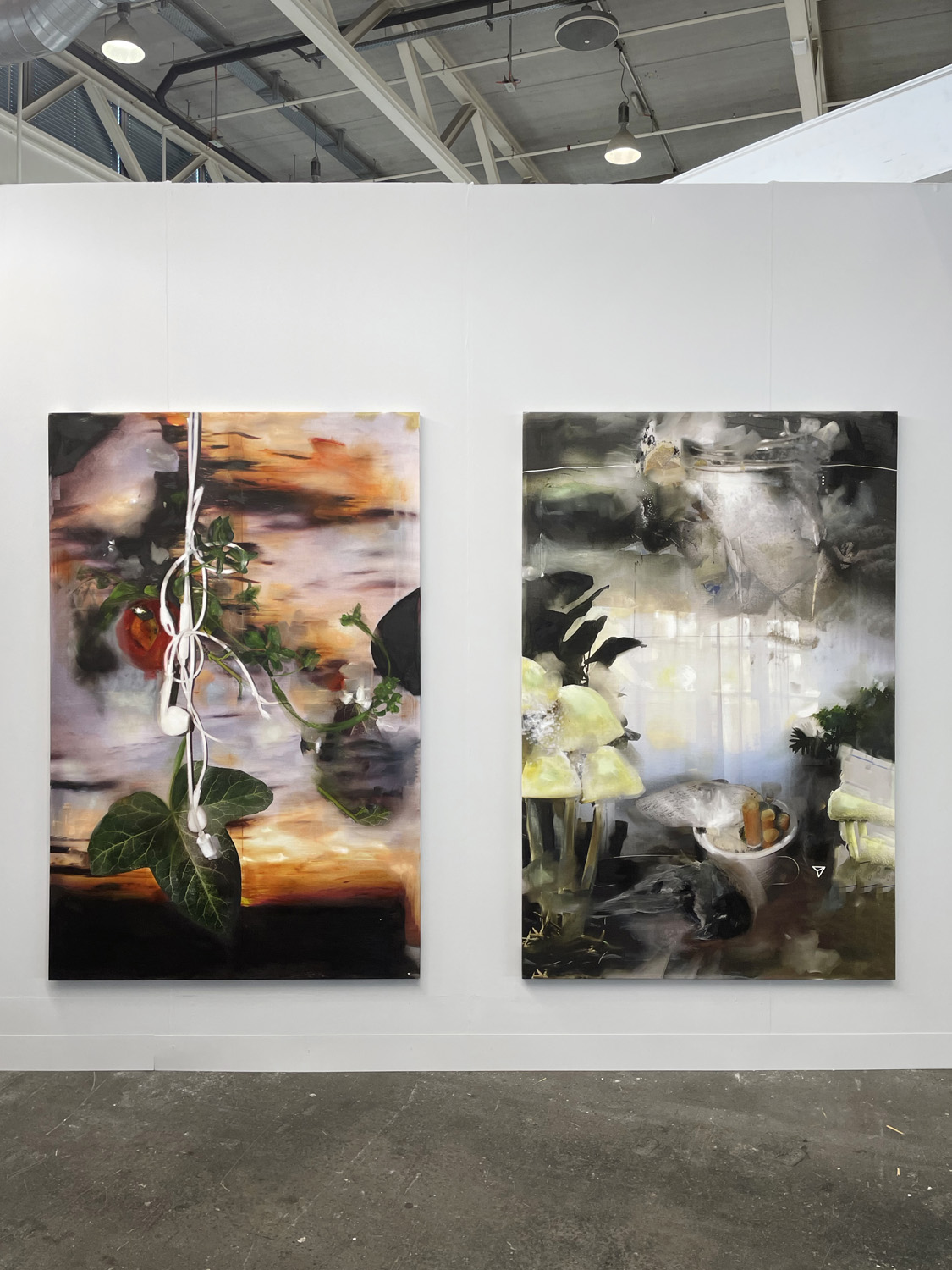
Exo Exo at Liste 2022 with new works by Gaspar Willmann
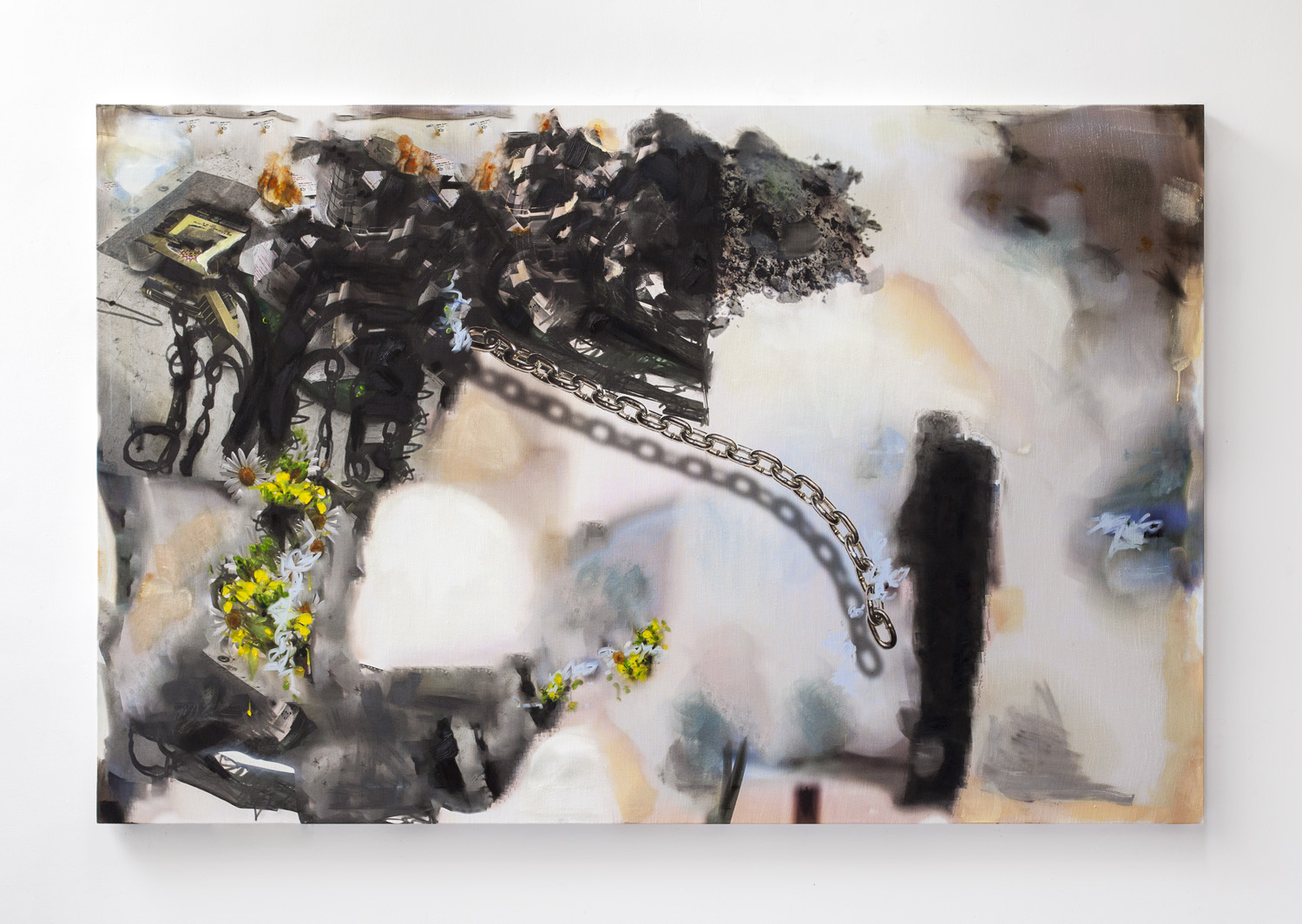
Gaspar Willmann,
JUMAP (le coup fourré), 2022
Inkjet print and oil on canvas
122 x 188 cm
Inquire
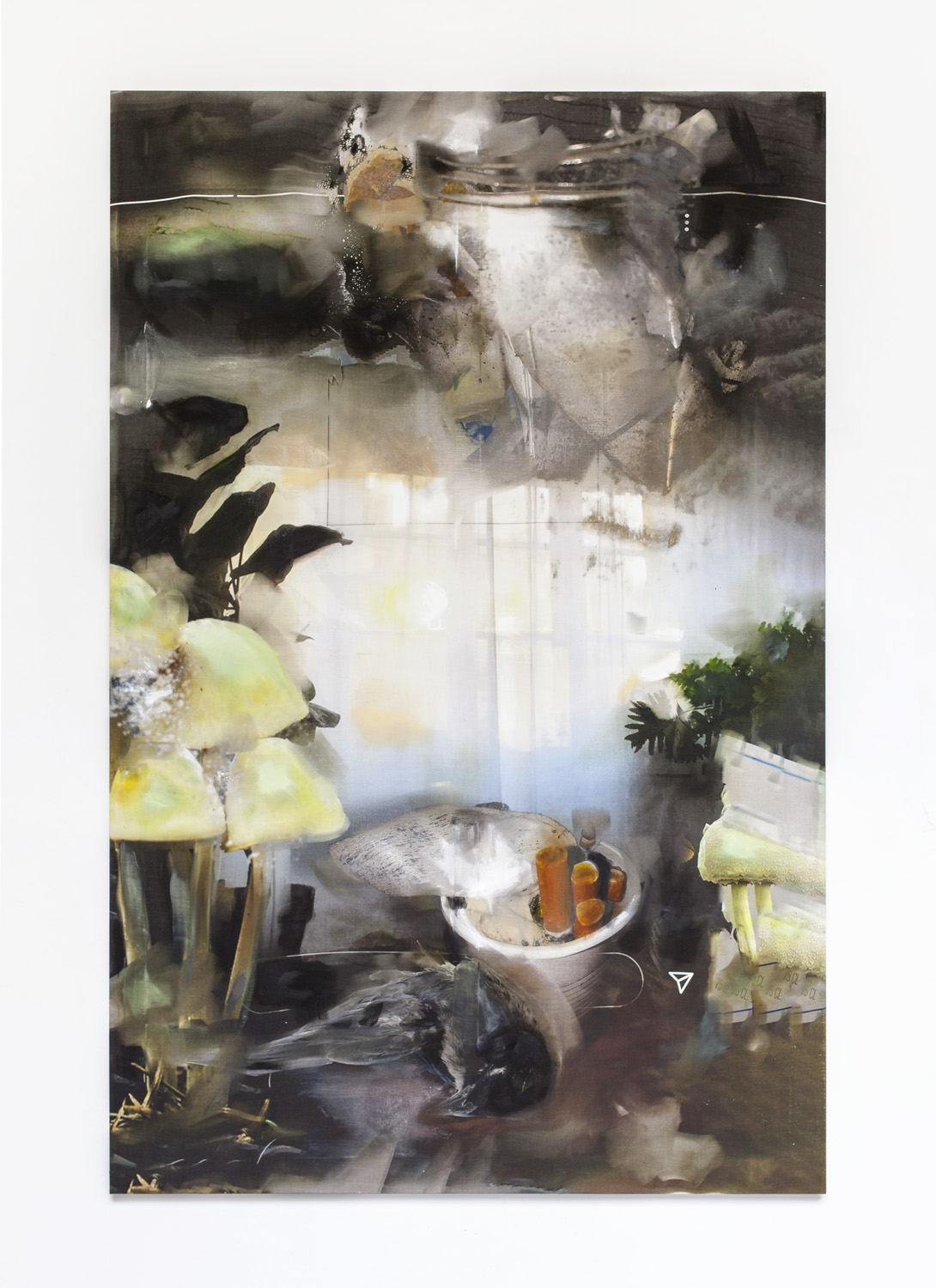
Gaspar Willmann,
JUMAP (le réveil), 2022
Inkjet print and oil on canvas
188 x 122 cm
Inquire
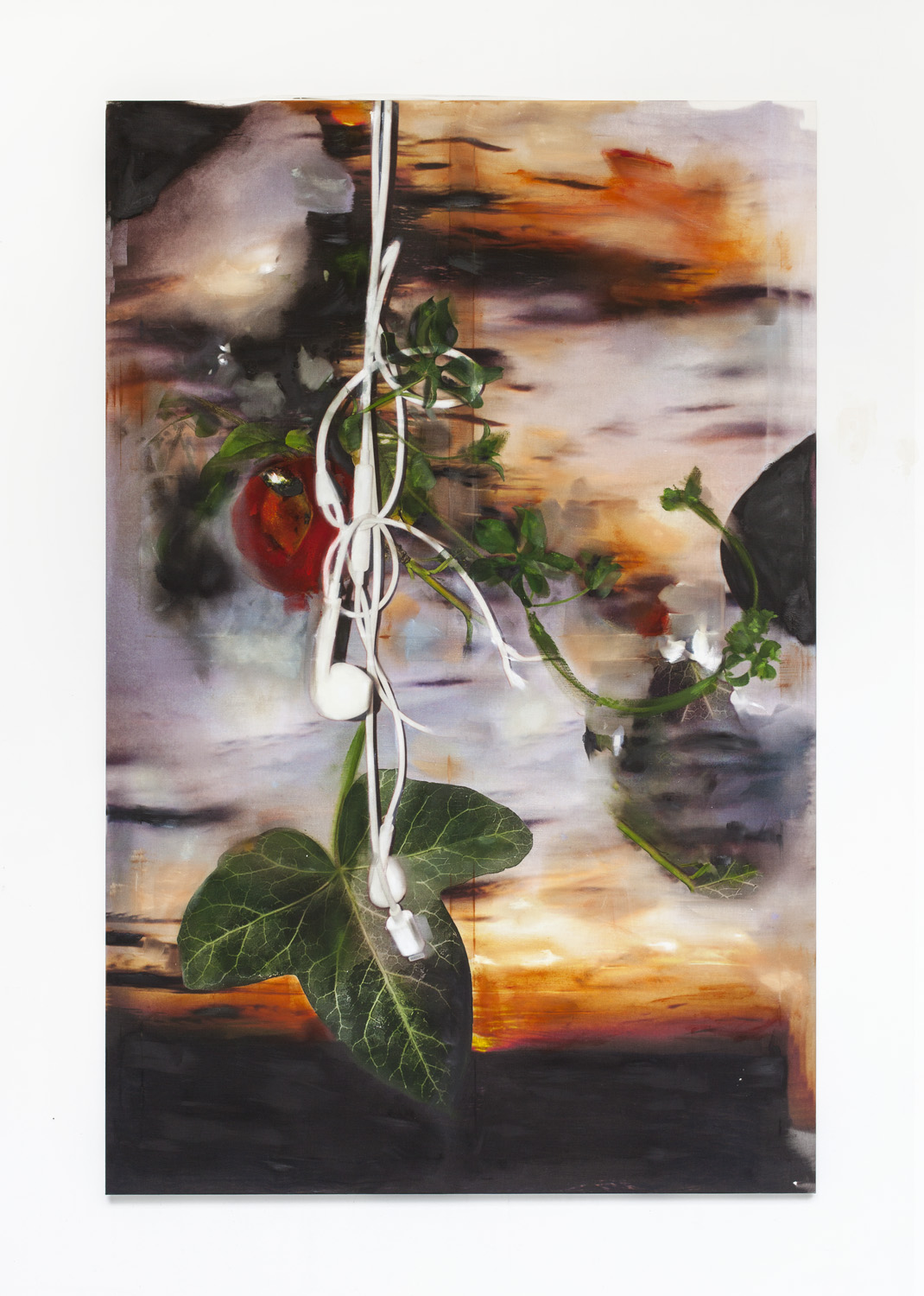
Gaspar Willmann,
JUMAP (early morning makina), 2022
Inkjet print and oil on canvas
188 x 122 cm
Inquire
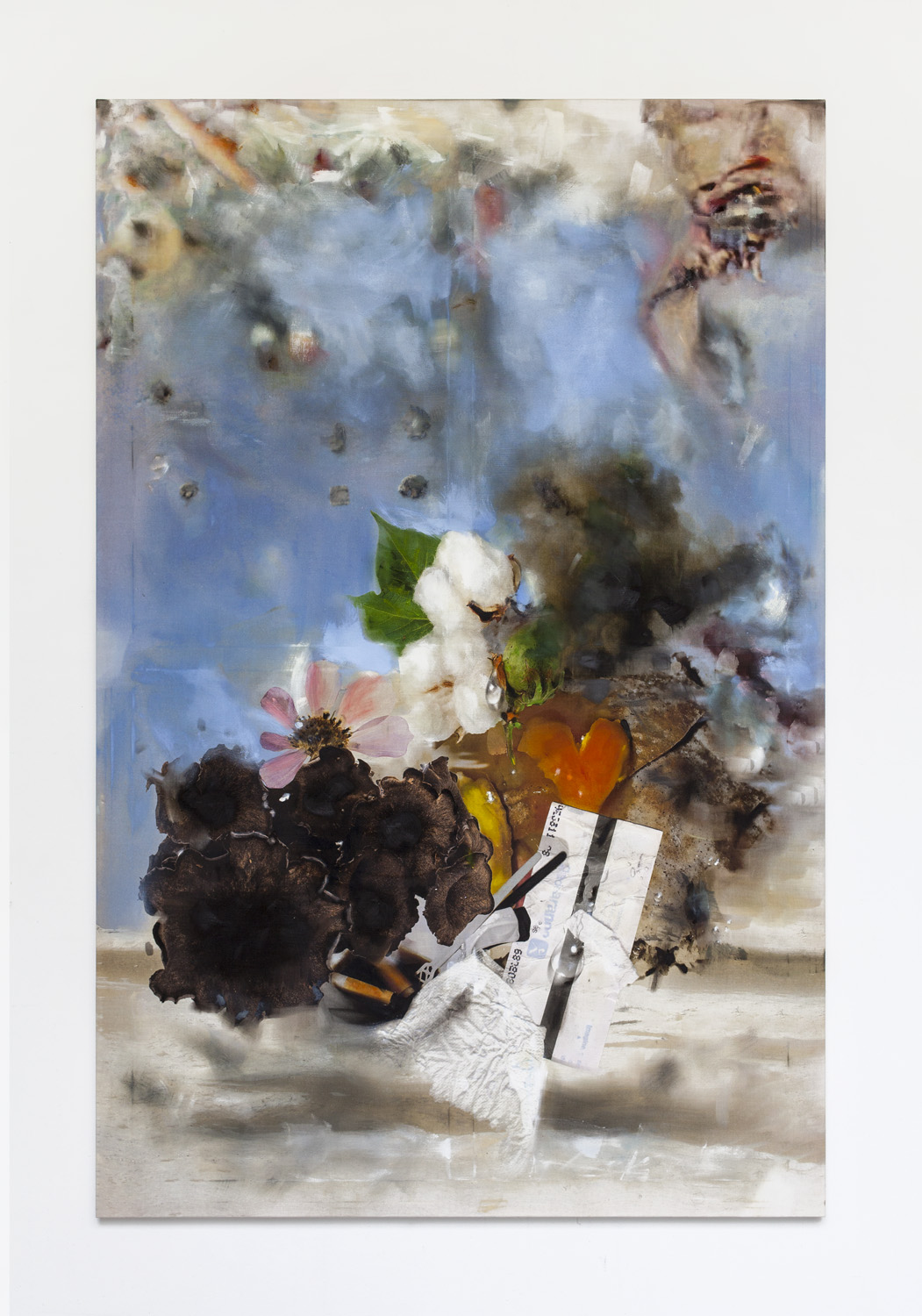
Gaspar Willmann,
JUMAP (Zabriskie Point), 2022
Inkjet print and oil on canvas
188 x 122 cm
Inquire
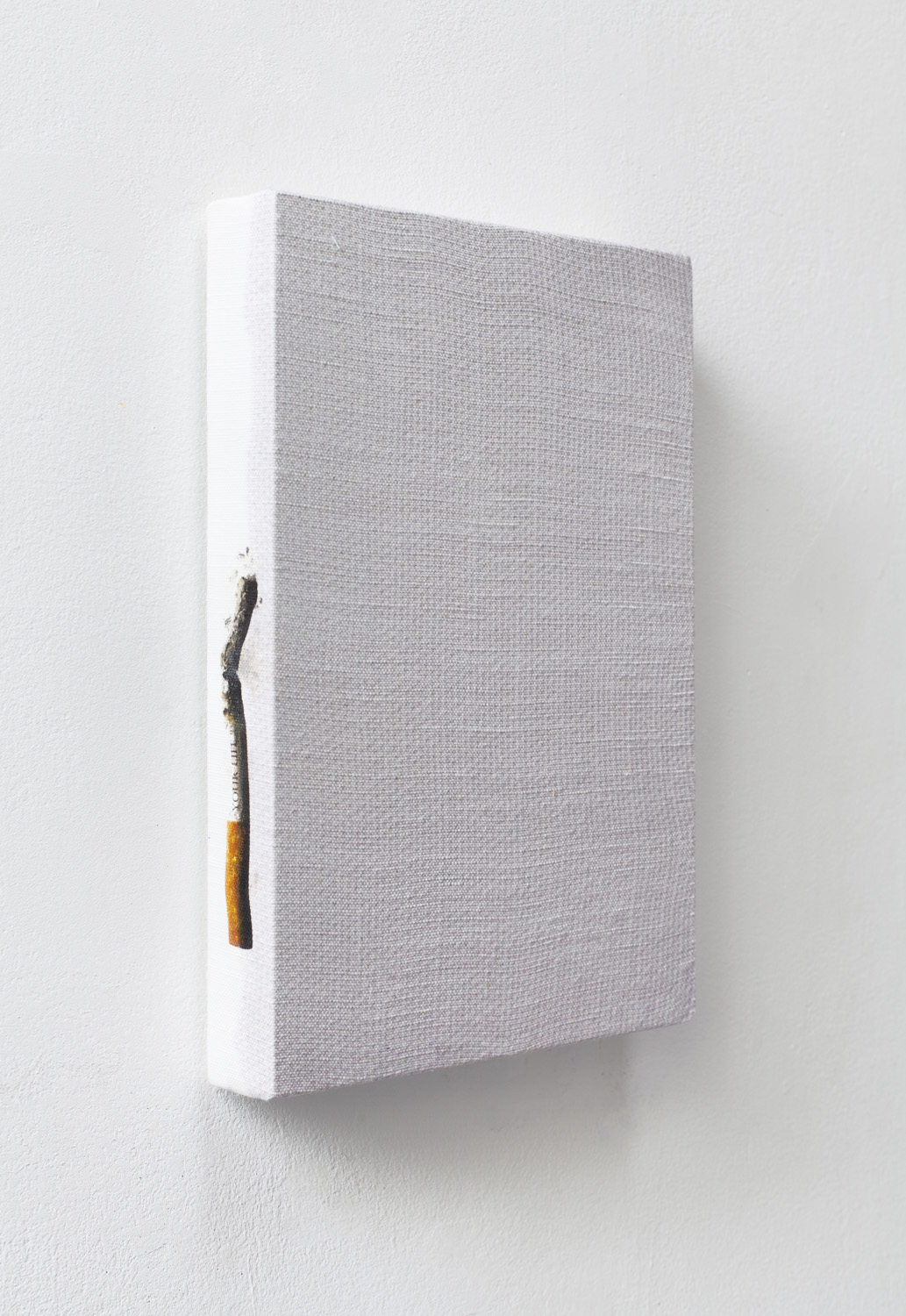
Gaspar Willmann,
YOUR LIFE!!, 2022
Inkjet print and oil on canvas
30 x 26 cm
Inquire
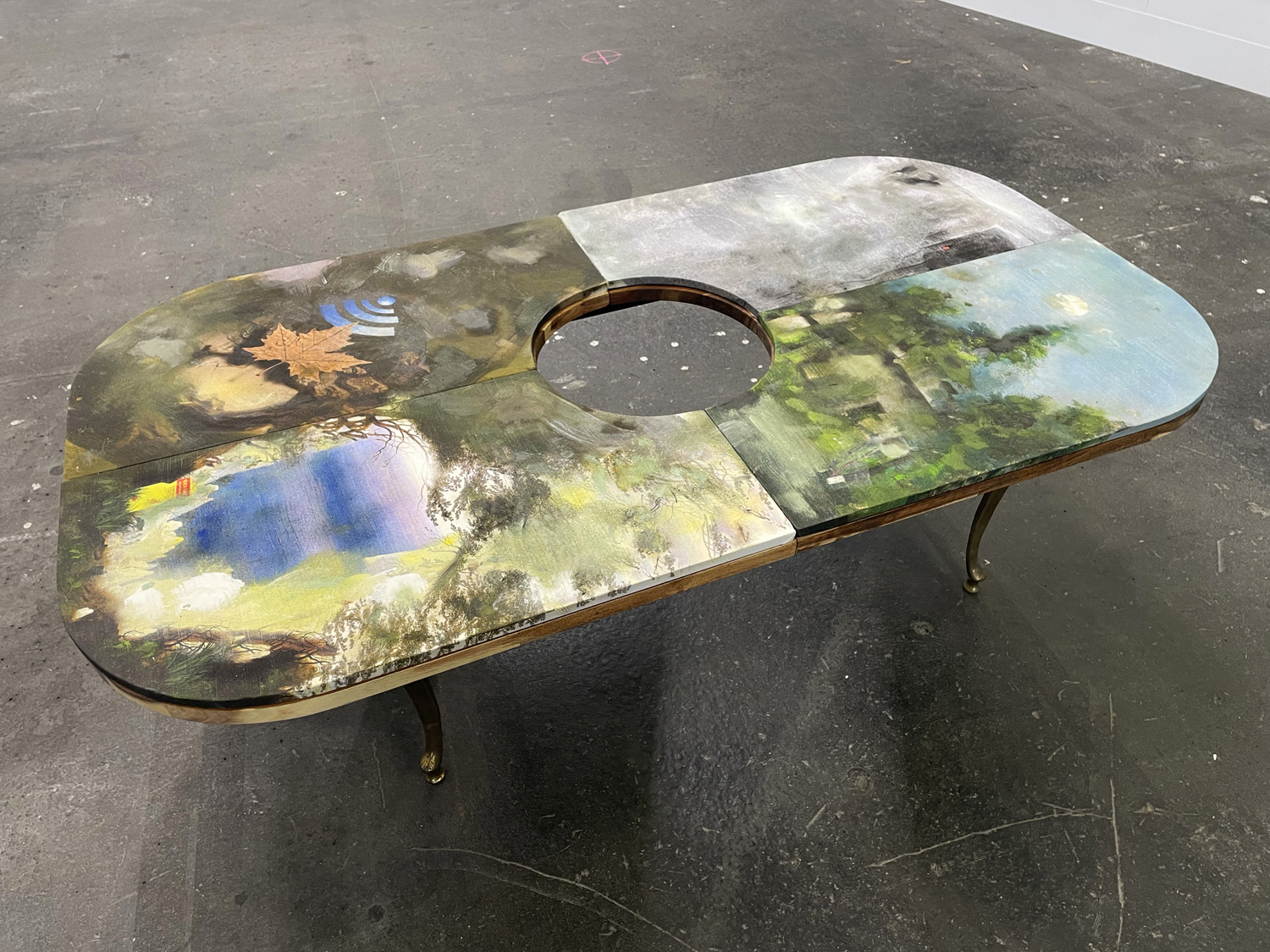
Gaspar Willmann,
Le Quattro Domande, 2022
Print on cotton, oil paint, acacia wood, brass, induction charging device
120 x 80 x 90 cm
Inquire
Gaspar Willmann est né en 1995. Il vit et travaille à Paris. Sa pratique picturale se développe dans une énergie émotionnelle et sociale, et s’ancre comme un moyen de mise en pause, de re-création d’une vie qui se voudrait immobile. Les images qu’il utilise sont des photos prises au flash du téléphone extraites de sa vie quotidienne, triviale, de soirées, ou alors des visuels trouvés sur internet. À partir d’un fichier unique, il crée de nouvelles images en y ajoutant des calques sur photoshop.
L’artiste choisit ensuite de marquer une pause à certains endroits du fichier, il imprime l’image sur toile, puis peint à l’huile sur les formes existantes. L’importance du processus de création de sa série donne un aspect presque tautologique à son travail. Il aborde le thème de la vie intime et de celle qui est, au contraire, publique, formatée, mercantile et provoque une confusion délibérée entre la matière organique et traditionnelle de la peinture et les caractéristiques qui sont propres à l’ère numérique. Gaspar Willmann évoque également le sujet de la séduction en choisissant des images qui tendent vers un idéal sociétal stéréotypé. Il justifie le beau, et fait se questionner le.la spectateur.trice : pourquoi trouve-t-on ces images belles ?
La toile poreuse qui absorbe les couleurs et les images appartient au domaine du sensible, quand l’utilisation des logiciels s’établit de façon définitive dans un langage spécifiquement générationnel. Les grands formats de l’artiste correspondent à la taille de la fenêtre de son premier atelier, soulignant son intérêt pour l’architecture et le décor. Récemment, il décide d’explorer de nouvelles formes de création en se tournant vers la sculpture. Sa nouvelle oeuvre est une table, formée de quatre panneaux peints, où s’incruste une prise pour chargeur. C’est une double recharge : celle de la peinture qui se renouvelle encore, qui re-vit, et celle de nos téléphones portables. La technologie se nourrit de la peinture, et la peinture de la technologie.
– Lalita Valenta
Gaspar Willmann was born in 1995. He lives and works in Paris. His art practice comes with a social and emotional energy, that takes roots as a way of pausing, and re-creating a life otherwise motionless. He uses images taken with the flash of his smartphone camera, coming from his daily and trivial life, from parties, or images he finds on the internet. From a single file, he creates new images by adding layers on photoshop.
Then, the artist chooses to pause at a specific step of the file, he prints the image on a canvas, and uses oil painting on existing lines. The importance of the creation process in his series gives an almost tautological aspect to his work. He touches on the intimate life, and the one that is, on the other hand, public, formatted, mercantile, and creates a deliberate confusion between the organic and traditional medium of oil painting and characteristics which clearly belong to the digital age. Gaspar Willmann also talks about seduction by choosing images leaning towards a socially stereotyped ideal. He justifies beauty, and gets the spectator to question himself : why do we think of these images as beautiful ?
The porous canvas absorbing colors and images belongs to the sensitive world, whereas the use of software clearly establishes itself within a specifically generational language. The large formats match the size of his first studio’s window, bringing out his interest for architecture and scenery. Recently, he decided to explore new forms of creation by turning towards sculpture. His new artwork is a table, made of four painted panels, with a charger embedded inside of it. It is a double recharge : painting renewing itself once again, re-living, as well as our smartphones recharging. Technology feeds on painting, and painting feeds on technology.
– Lalita Valenta











